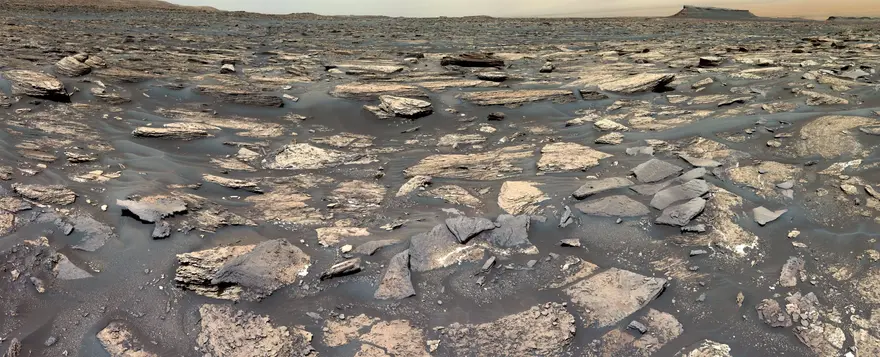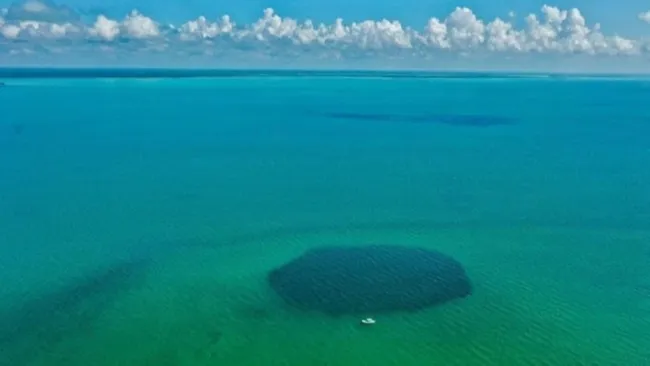A research team using the ChemCam instrument on NASA’s Curiosity rover detected higher-than-normal levels of manganese in rocks on the lake floor in Gale Crater on Mars; This suggests that the sediments were formed in a river, delta, or near the shoreline of an ancient lake. . Results published on: Journal of Geophysical Research: Planets.
“Manganese oxide is difficult to form on the surface of Mars, so we did not expect to find it in such high concentrations in coastal sediments,” said Patrick Gasda, leader of the Space Science and Applications Group at Los Alamos National Laboratory. research writer.
“On Earth, such deposits occur all the time due to the high oxygen content in our atmosphere produced by photosynthetic life and microbes that help catalyze manganese oxidation reactions.
“We have no evidence of life on Mars, and the mechanism of oxygen production in the ancient Martian atmosphere is unclear, so it is truly surprising how manganese oxide forms and concentrates there. These findings point to larger processes occurring in the atmosphere or surface waters of Mars and It shows that more needs to be done to understand oxidation,” Hasda added.
Developed at Los Alamos and CNES (the French space agency), ChemCam uses a laser to create a plasma on the surface of a rock and collects this light to measure the rocks’ elemental composition.
The sedimentary rocks studied by the rover are a mixture of sand, silt and silt. Sandstones are more porous and groundwater can pass through the sands more easily compared to the silt that makes up most of the lake bedrock in Gale Crater.
The research team investigated how manganese might have become enriched in these sands, for example through the percolation of groundwater through lake shore or delta estuary sands, and what oxidizing agent might be responsible for the precipitation of manganese in rock sediment.
On Earth, manganese is enriched by oxygen in the atmosphere; This process is often accelerated by the presence of microbes. Microbes on Earth can use many oxidation states of manganese as energy for metabolism; If life existed on ancient Mars, the high manganese in these lakeshore rocks would have been a useful energy source for life.
“The Gale Lake environment, as seen from these ancient rocks, gives us a window into a habitable environment that is surprisingly similar to places on Earth today,” said Nina Lanza, principal investigator of the ChemCam instrument. “Manganese minerals are common in shallow, oxygenated waters found on the shores of lakes on Earth, and it is remarkable that such recognizable features were found on ancient Mars.”













